Last fall, for the first time in my high school career, I forayed into the realm of high school football games by attending several at Loyola and St. Francis—infamous for their large student turnout. Attending football games is one popular way to socialize outside of Westridge and expand social horizons—especially beyond the Westridge circles that can be claustrophobic at times. Even students who don’t regularly attend social gatherings go to one or two football games to befriend, reunite, or mingle with local students. In my own Westridge career, I can count the number of co-ed social experiences I’ve had on one hand. The majority were during middle school when local independent schools including Westridge would host students for dances or “socials”—awkward nights stuffed in a school’s gym dancing to Mo Bamba.
As uncomfortable as those dances were, they were an essential part of my adolescent backdrop. Whether it be speed-walking away to avoid conversation with boys, engaging only to find yourself spluttering nonsense, or just standing in silence, all were a necessary step in being an adolescent. But as I continued attending Westridge, more and more of these fundamental steps disappeared, leaving me stumbling aimlessly into high school.
By the time I entered the Upper School, Westridge no longer coordinated or held dances with other schools, and the little that was left of my co-ed literacy dissipated. Yes, I was somewhat aware of popular social gatherings held at other schools, but I didn’t know about the logistics of attending. Other students with large social circles or familial connections would report attending energy-filled athletic events or over-the-top elaborate prom-posals. Curious, I couldn’t help but wonder if I was missing an integral part of my teenage experience.
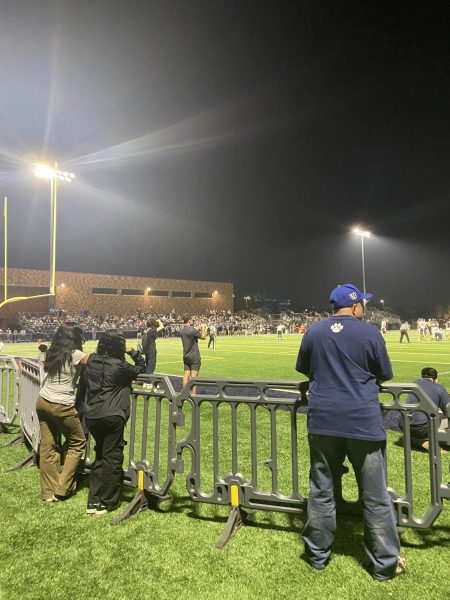
Of course, I love my single-sex academic experience. I’ve grown more confident and comfortable in an all-girls space, but I also recognize a gap perhaps in my own social development. I feared that if thrown into a co-ed setting, I wouldn’t know how to interact; or that my lack of outreach in high school would follow me into college and beyond.
As a result, in my junior year, I resolved to actively seek any social co-ed opportunities I could. I reached out to friends-of-a-friend, noted specific event dates on neighboring schools’ calendars, and intentionally set up plans to attend football games.
While my desire for more co-ed experiences may ring true for some Westridge girls, I know it does not reflect the entire Westridge population. So how do other students seek co-ed social experiences—if at all?
An active participant of co-ed events outside of Westridge, Imogen S. ’25 said, “I really try to value my friendships outside of school…I have a ton of friends at St. Francis and other co-ed schools…it’s really easy for me to meet new people.” Imogen frequently attends football games and local parties. Using her similar connections, Whitley L. ’26, who joined Westridge in 7th grade said, “I knew people previously, and I just kept those connections, and I made mutual friends.”
For other students, co-ed opportunities seem less accessible. “I feel like I’m not a particularly social person, but that’s also because I haven’t had much social opportunity at Westridge because for people to go to those games, you need to know somebody…or mutual friends, and I just don’t have that experience,” said Abby P. ’25. Having attended Westridge since elementary school, she continued, “I wish I had more exposure. And I know people who do have more exposure, because they go to soccer games or different types of games. And I don’t know how to do that.”
Furthermore, some students find that seeking and attending co-ed events isn’t worth the time that could be spent on tackling Westridge’s workload. “All I’m thinking about is my grade. I have so many things to worry about. And so [attending events] is not one of my priorities at all,” said Cecilia P. ’25.
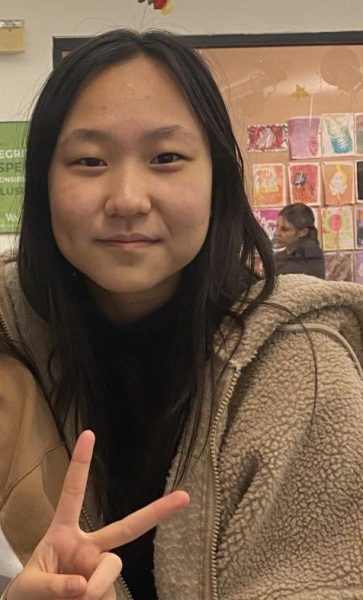
“I feel satisfied with what I have at Westridge. I’m so busy that I just socialize at school or during theater,” said Alex S. ’24. “If I want to do something else, I hang out with my school friends outside of school.”
However, some students believe gender is a non-issue altogether. Post-graduation, Art Graff ’23 said, “In terms of ‘being prepared to go into a co-ed college,’ the fact that there are students of all genders at [University of California, Santa Cruz] has no impact on my socialization and does not feel different from high school at all, personally.” He continued, “I generally think that categorizing people and interactions based on gender is unhelpful because not all people of the same gender are the same or even similar, at all.”
For those students who do make time for and are actively pursuing co-ed social opportunities, knowing about the events or accessing them can be an added challenge. Parties or small, local events aren’t always advertised widely.
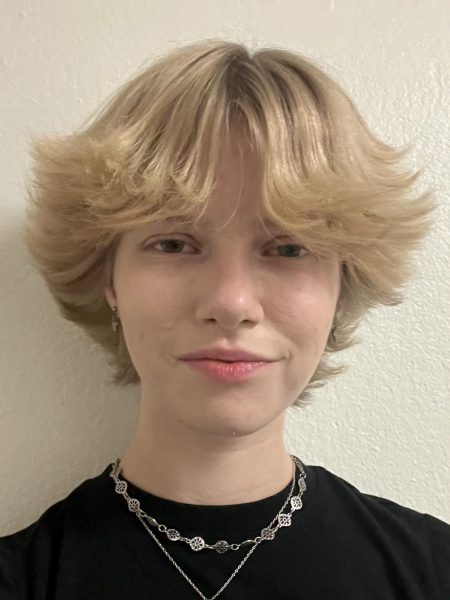
According to the Frequently Asked Questions on Westridge’s website, “Upper School Students are invited to local dances and social events and also participate in activities such as academic and debate competitions and attendance and involvement with local and national diversity workshops, including service organizations.”
Typically only students enrolled in certain electives, clubs, and workshops participate in co-ed activities. For most local schools’ dances, students need a connection at that school to attend their dance. As for said “national diversity workshops,” applications are required and acceptance rates are low. For any social events altogether, students must actively seek them out.
Dean of Upper School Student Life, Bonnie Martinez said that in previous years, “We always promoted the Loyola dances and the St. Francis [dances]…We do like to offer opportunities, but it’s just not always so easy.” She also noted that overscheduling issues and COVID-19 have made it challenging.
The Westridge Middle School administration makes a conscious effort to plan events that provide co-ed social exposure and connections. Lower and Middle School Dean of Student Activities Farrell Heydorff plans dances for the middle school focused “less about the co-ed but more about just meeting people in the Pasadena area.” When asked about creating opportunities for co-ed socialization, Ms. Heydorff said, “that’s definitely a factor of what I’m looking at.”
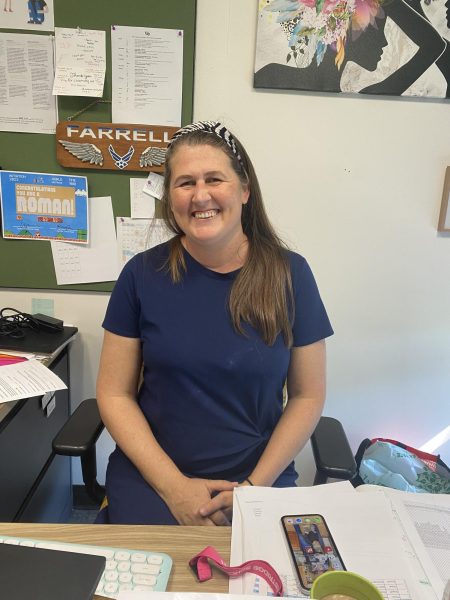
While most Westridge students don’t miss those days of sweaty middle school mosh pits, many were under the impression that there would be more opportunities in high school to flex their conversational muscles with the opposite sex—especially in a social setting.
Comparing her all-girls experience to her mother’s, Micah M. ’25 said, “[In my mom’s generation], there were structured engagements with all-boys schools in the area. And so there was an effort and initiative on administration on the school’s part to have that happen. Whereas at Westridge, I can’t think of a single instance where that happens.” Micah continued, “I think the fact that [Westridge] doesn’t encourage [co-ed events] almost discourages it.”
Current junior Eliza L. added, “I feel like admin doesn’t put a lot of effort into creating social events for high schoolers.”
Co-ed opportunities might not be represented accurately to prospective students and families. “Before I came to Westridge [the administration and tour guide] promoted the fact that [Westridge] hosted dances with other schools, and there would be more than one school dance. I was expecting more from a community that seems so enthusiastic about expanding your social circle,” said Carolina H. ’25.
Because Westridge is a secular all-girls school, it does not have a brother school, unlike neighboring all-girls Catholic schools like Mayfield Senior or Flintridge Sacred Heart Academy, which, to Grace W. ’26, “limits any sort of social capacity.”
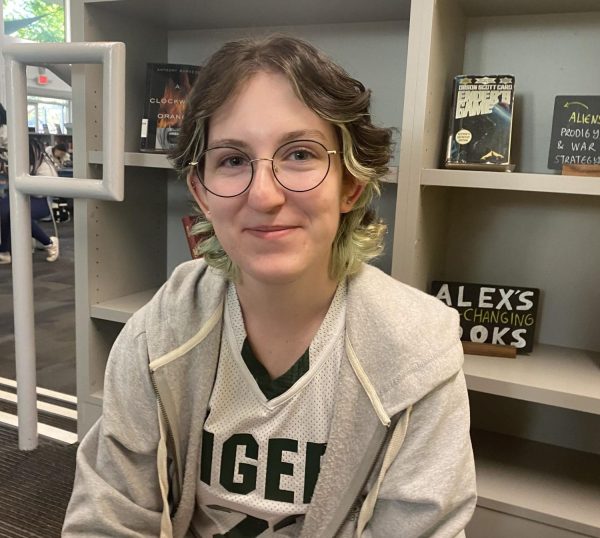
Micah M. would like to see Westridge partner with other all-girls and all-boys schools as co-hosts of co-ed events to spur social activity.
Right now, students who want more co-ed opportunities actively explore them by enrolling in summer camps, participating in extracurriculars, or through mutual friends. Ms. Martinez calls it “a partnership…we do try to promote and publicize the dances that we get invited to…But if your family wants you to be interacting with other people…they also have to have a little bit of a partnership.”
Ms. Martinez concluded, “I’m really glad you’re bringing this up because maybe we should try to bring back some of it, you know, be more intentional.” She suggests a stronger joint effort between both the school and the student towards finding and attending social events.
Although access to more co-ed social opportunities appeals to some students, others like Luna M. ’25 defend Westridge, saying, “…it’s not the school’s job [to introduce boys to us] because their mission is to educate girls.”
Whether or not Westridge is responsible for providing co-ed social opportunities, as a Westridge student who didn’t grow up with a brother—or similar male presence—and who joined the school early in my adolescence, I believe that socializing beyond Westridge is a core part of growing as a person. I cherish my all-girls experience, but I have also enjoyed broadening my social horizons and plan to do more in the future—just like Alex S. ’24, who said, “I’m going to prioritize making new friends in college. I’m excited to start socializing with men after gaining confidence at Westridge.”




























![Dr. Zanita Kelly, Director of Lower and Middle School, pictured above, and the rest of Westridge Administration were instrumental to providing Westridge faculty and staff the support they needed after the Eaton fire. "[Teachers] are part of the community," said Dr. Kelly. "Just like our families and students."](https://westridgespyglass.org/wp-content/uploads/2025/03/dr.-kellyyy-1-e1748143600809.png)






















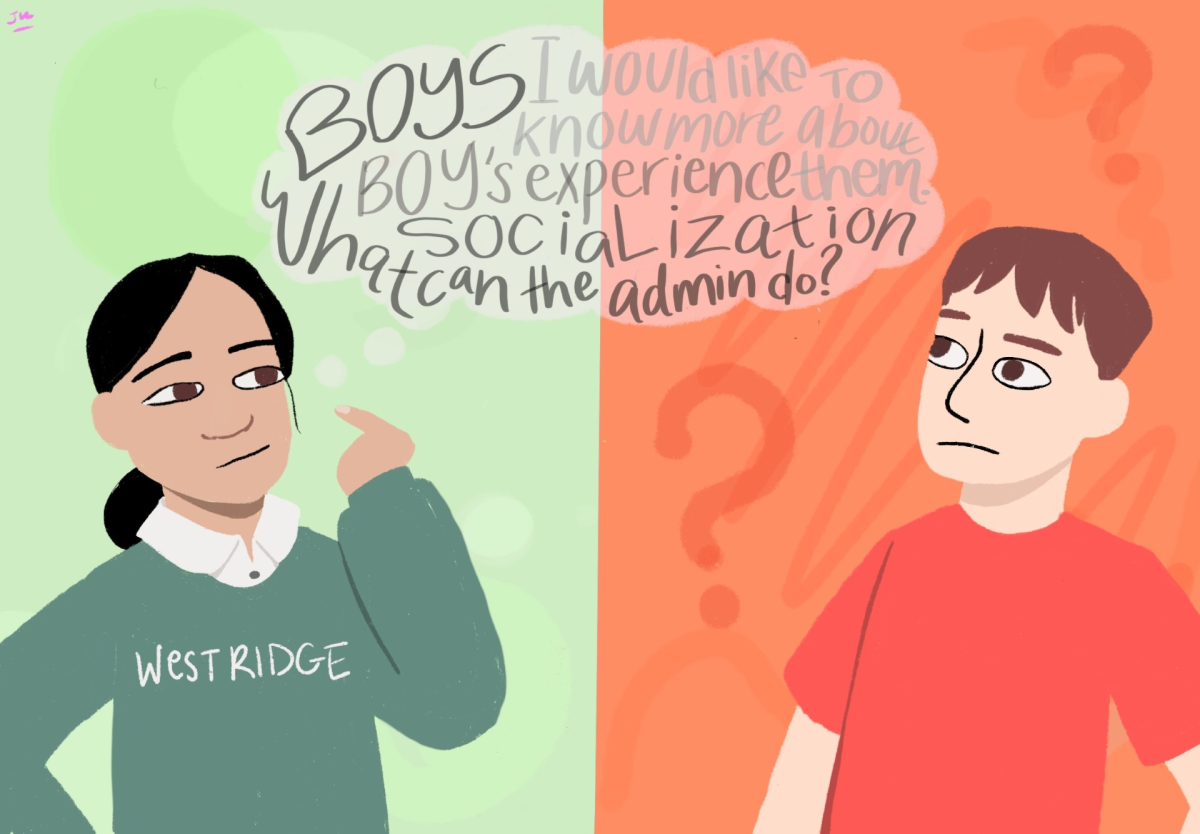
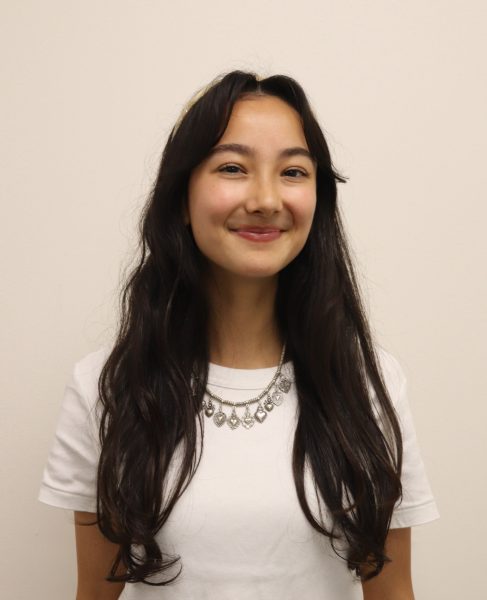
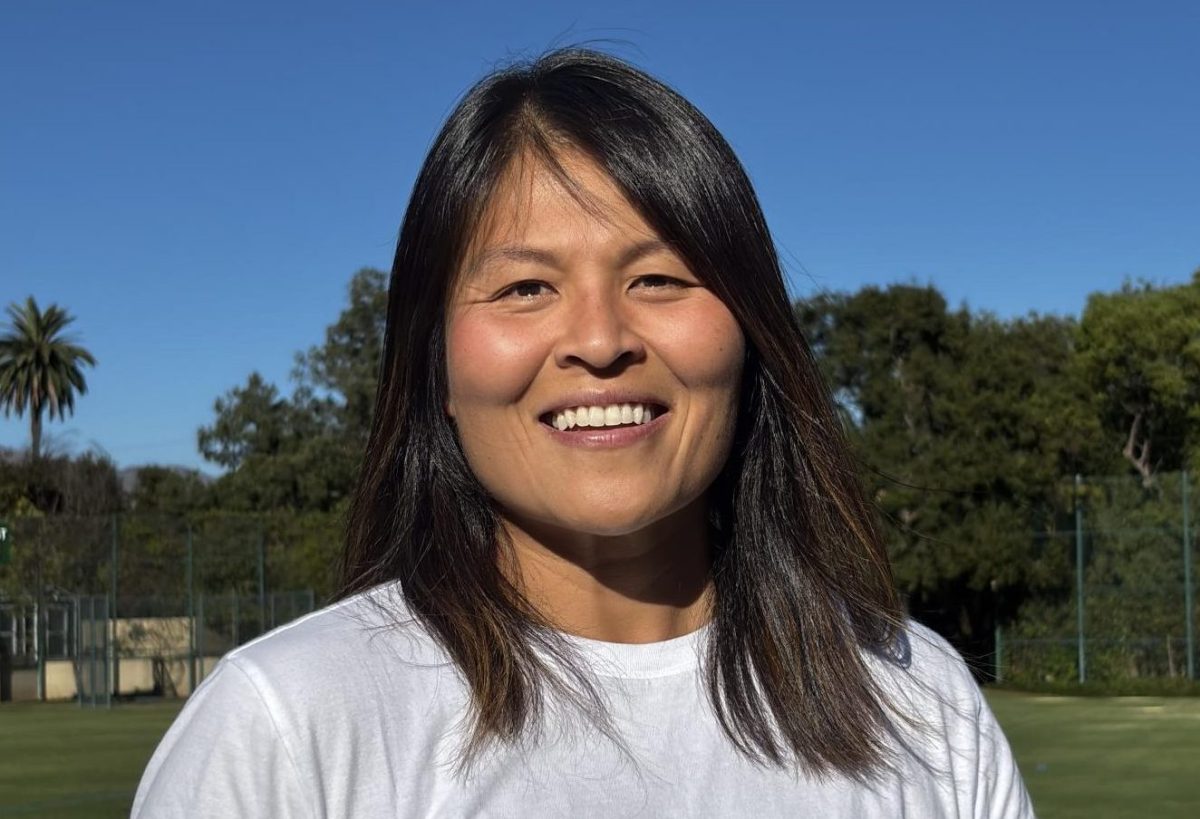
Commenter • Feb 12, 2024 at 8:58 pm
Such an insightful exploration of an issue all too often unaddressed! This meaningful blend of experiences lends to a multifaceted perspective on coed versus single-sex educational spaces and their nuances.
Commenter • Feb 12, 2024 at 9:48 am
A truly illuminating article, as expected from Mirella!!!